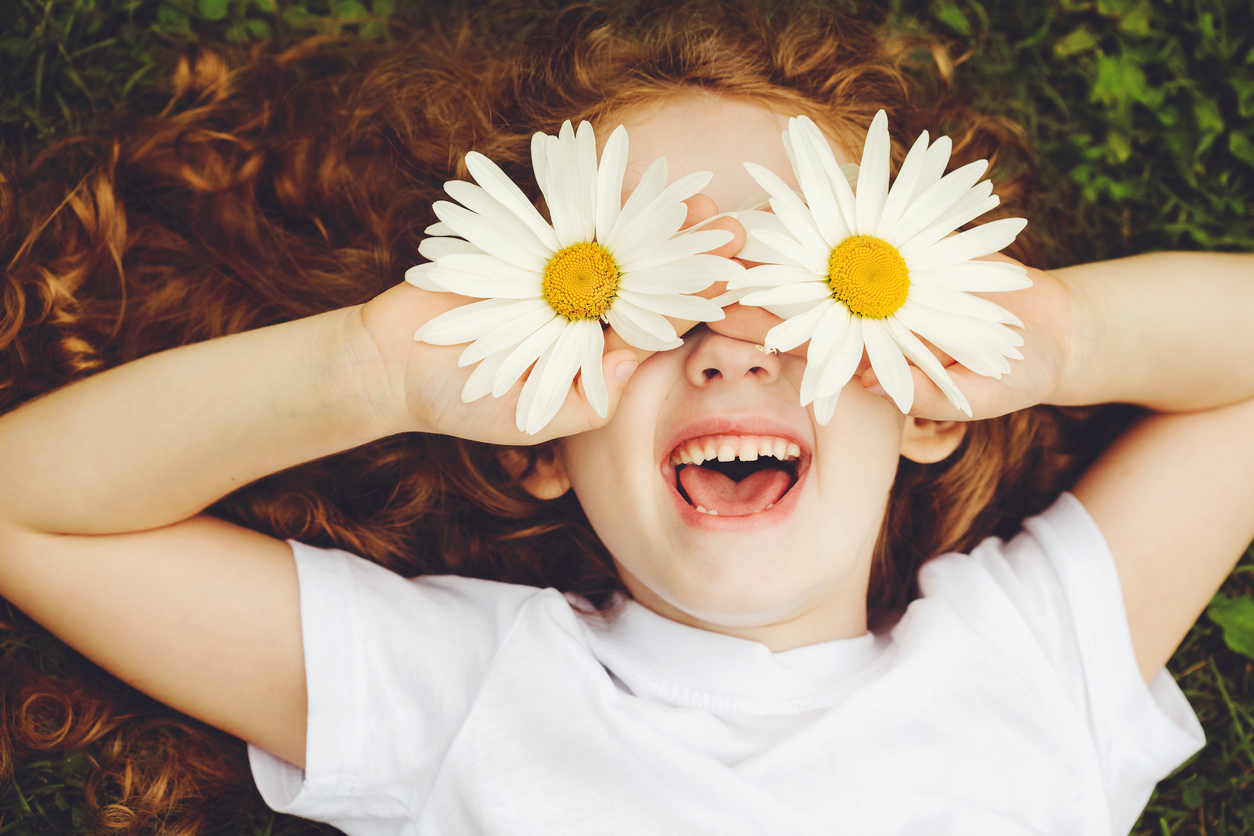
Now that we understand the importance of having our children’s eyes tested before they start school, let’s look at some of the common kids vision problems present in school-aged children.
Long sightedness
If you’re noticing your child struggling to see things up close, or experiencing tired eyes and poor concentration among other symptoms, long sightedness could be the culprit. Long sightedness is one of the most common vision problems found in kids and is also known as Hyperopia. It occurs when the length of the eyeball is shorter than normal, causing the light coming into the eye to focus behind instead of directly on the the retina causing near vision to appear blurry.
Short sightedness
Short sightedness or myopia, is what happens when the eyeball is longer than normal and affects one’s ability to see objects in the distance. If you notice your child constantly sitting up close to the television or whiteboard, or squinting to see things in the distance, short sightedness might be at play.

Prevention: More time outdoors!
Recent research shows that spending more time outdoors can help to regulate short sighted eyes that are growing too fast (resulting in longer than usual eyeballs), by the release of retinal dopamine. Lead researcher on the project Associate Professor Scott Read encourages kids to spend a minimum of two hours a day outdoors to help slow down the progress of myopia, or help to prevent it altogether.
Astigmatism
Astigmatism is what happens when the cornea (the layer of tissue covering the front of the eyes) is shaped oblong like a football instead of round like a basketball, causing light to focus on two points in the eye instead of one. Mild astigmatism is commonly found in young children and usually resolves itself as they get older. Like other vision problems, astigmatism can often go unnoticed in school children as its slow progression makes it difficult to diagnose.
If your child is having trouble reading words in the distance or is experiencing poor concentration levels, blurry vision, headaches and squinting to achieve a clearer image these may be signs of astigmatism at play.
Lazy eye & binocular vision problems
When the brain doesn’t receive the same visual information from both eyes, it can effectively ‘switch off’ or ignore the image in one eye in order to obtain a clear picture and avoid confusion. This is commonly known as lazy eye, and is a main cause of binocular vision problems.
Binocular vision problems occur when both eyes cannot maintain focus on one point simultaneously to create a single image. This causes problems with depth perception and makes it difficult to judge distances effectively. A child with binocular vision problems will likely experience learning difficulties, which can have a broader impact on their development, confidence and wellbeing.
Early detection is vital
When it comes to kids vision problems, early diagnosis and treatment provide the best chance of overcoming any long term vision deficiencies. It’s also important to realise that a simple school screening may not detect some of the more complex vision problems described here.
That’s why we urge you to book your child in with one of our experienced optometrists for a comprehensive eye examination before they start school. It could be the most important exam they will ever take.
Find your nearest optometrist now

